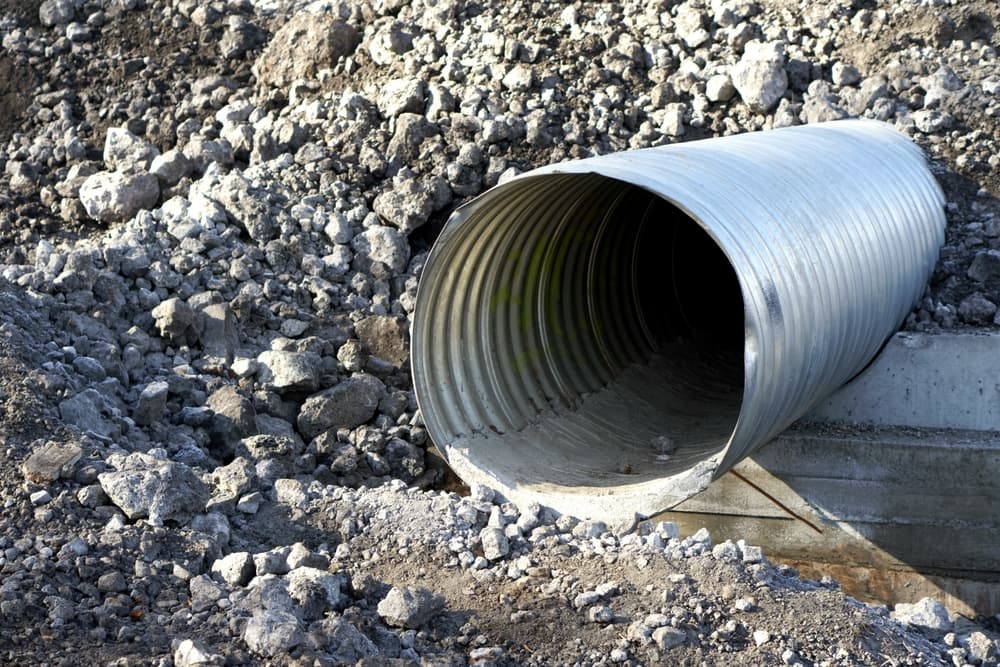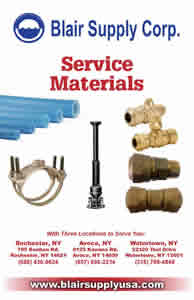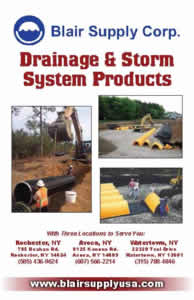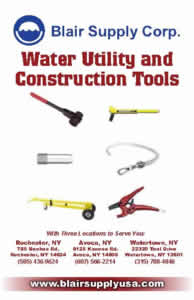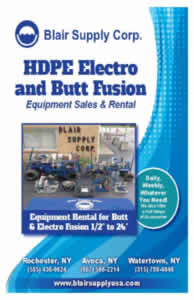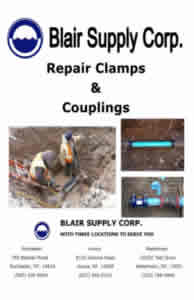Blog
Culvert Installation Nuances, Pt. 2: All About That Base
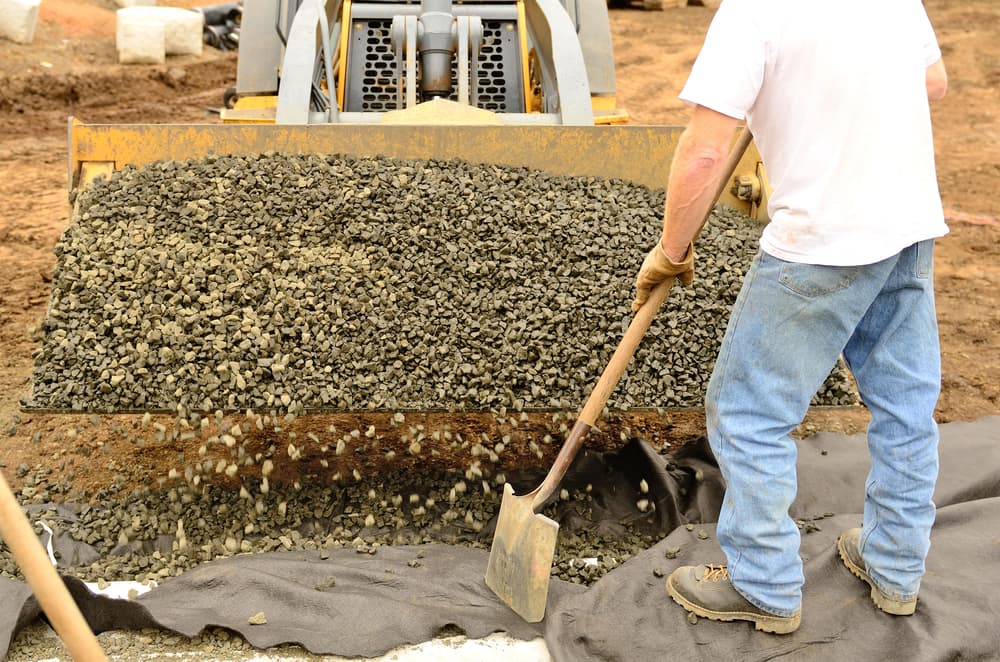
Since humankind invented construction, one building element remained essential as an absolute must: the base. It is the key to the durability, stability, longevity, and functionality of a structure as a whole. Needless to say, your culvert is not an exception to the rule.
It requires a solid base in order to effectively facilitate the flow of water and stand the test of time. This is why it’s essential to understand what makes for a good base before you start looking for culvert pipes for sale, as it will ensure the entire installation provides long-term reliability.
What is the best base for the culvert pipe?
The primary objective of the base is to provide stable and uniform support for the culvert, preventing deformation and settling over time. Therefore, your choice of the base will depend on constituents such as soil conditions, traffic load, and environmental factors, leading to several options to select from:
- Native soil can serve as a suitable base for the culvert pipe in some cases. However, it is essential to assess the soil’s bearing capacity, compaction characteristics, and drainage properties. For instance, cohesive soils like clay may require additional measures to improve stability, such as compaction or adding stabilizing agents.
- Granular materials such as crushed stone or gravel, are commonly used as base materials for culvert installations. These offer excellent load-bearing capacity, good drainage properties, and can be easily compacted. The selection of the granular material depends on factors like the expected traffic load and soil conditions, which is why it’s crucial to choose the appropriate one for your specific project.
- Geosynthetic materials, like geotextiles or geogrids, can sometimes be used as a base reinforcement layer for culverts. These materials enhance the stability and load-bearing capacity of the base by distributing the load over a wider area, as well as help prevent differential settlement and promote better soil compaction.
What do you backfill a culvert with?
Once the culvert pipe is properly placed, adequate backfilling is necessary to provide support, prevent voids, and ensure adequate drainage. The backfill material should possess certain qualities to ensure the culvert’s longevity and functionality:
- Granular backfill materials, such as crushed stone or gravel, are the most commonly used ones due to their excellent drainage properties and ability to resist settlement. These allow water to flow freely around the culvert, preventing excessive pressure on the pipe.
- Controlled Low-Strength Material (CLSM) or flowable fill can be used as backfill for culverts in certain situations. CLSM is a mixture of cement, water, fine aggregate, and fly ash, which has a self-leveling property. It provides good compaction and can be an effective alternative when access to traditional backfilling is limited.
Do you need gravel under a culvert?
The use of gravel under a culvert pipe is highly recommended, as it serves several important purposes in culvert installations:
- Load distribution: Gravel helps distribute the load from the pipe more evenly across the base, reducing the risk of concentrated stress points. This helps to minimize settlement and potential damage to the culvert.
- Drainage: Gravel provides excellent drainage capabilities, allowing water to flow freely around and beneath the culvert pipe. Proper drainage prevents the accumulation of water and reduces hydrostatic pressure, which can cause pipe damage or washout of surrounding materials.
- Stability and support: The presence of gravel beneath the pipe enhances stability and support, reducing the likelihood of settlement or deformation over time. It helps to create a uniform and compacted base, ensuring the longevity and functionality of the culvert system.
Where in Watertown & NY can I find high-quality culvert pipes for sale?
Just 5 minutes away from Jefferson Community College you can find Blair Supply Corp., Watertown’s most trusted distributor of top-of-the-line sewage and drainage materials with a tradition of excellence spanning more than six decades.
Whether you’re looking for the right size pipes for your commercial project or need quality-material piping to meet your industrial needs, we stand ready to provide you with the most adequate solutions for your situation. Reach out to us today and see for yourself why we remain the top choice for so long!

